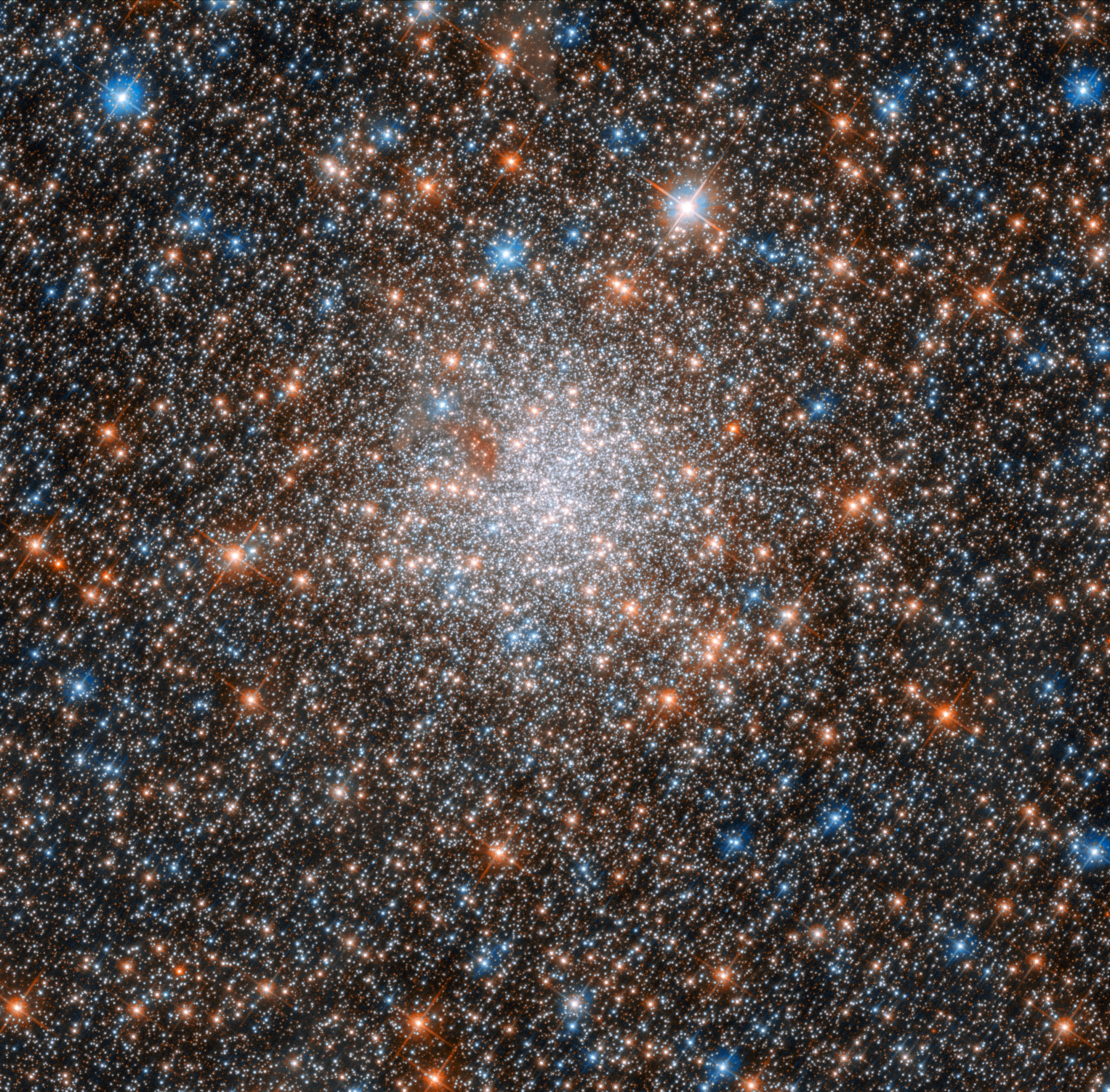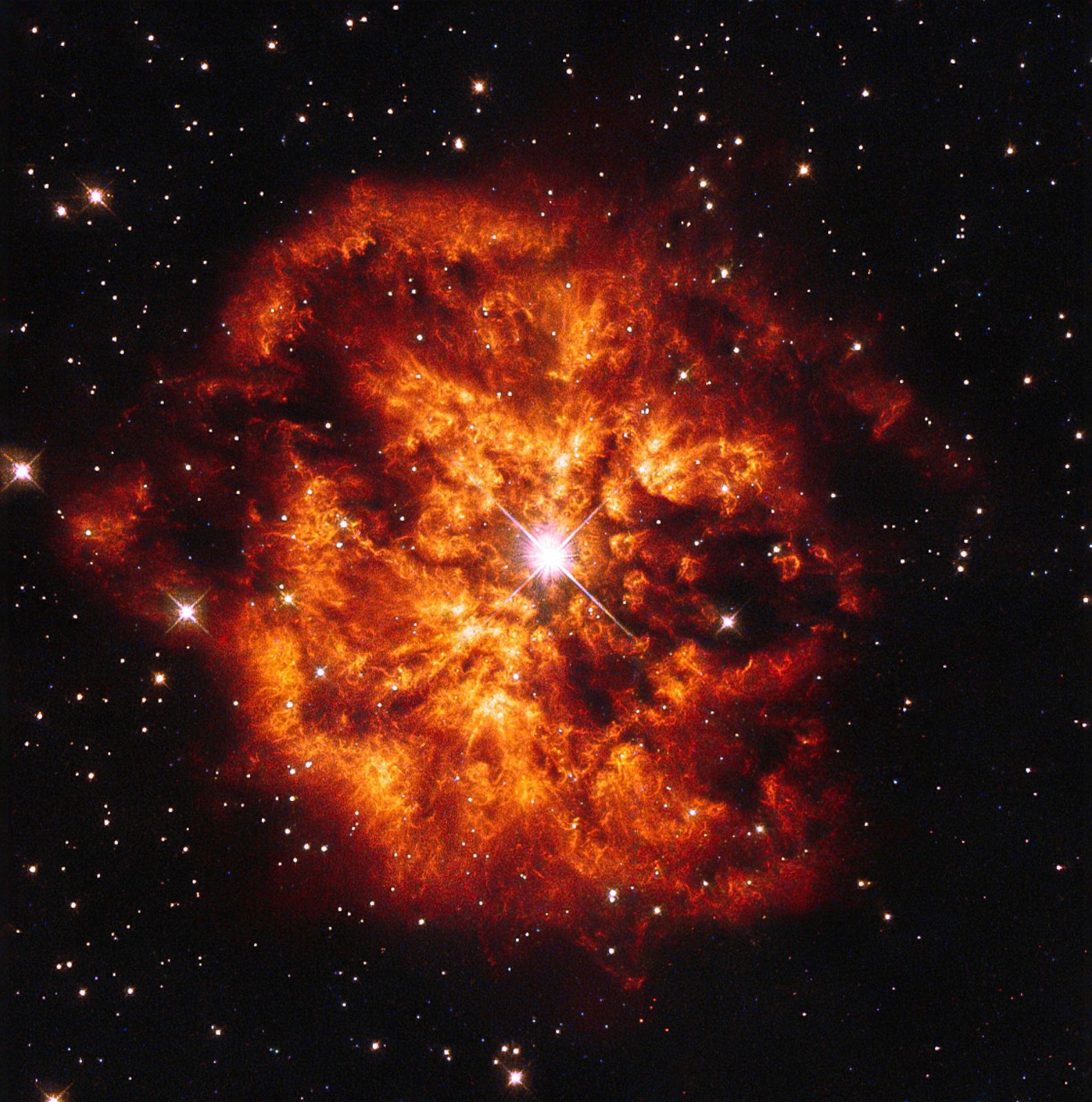

NASA announced an extraordinary new benchmark: the detection of the farthest individual star to date. Astronomers are eager to close the 300 million-year gap with Webb and draw ever closer in time to the Big Bang, the moment the universe formed 13.8 billion years ago.įULL INTERVIEW: NASA astronomer discusses Hubble Telescope's' new discovery Hubble has stared as far back as 13.4 billion years, disclosing a clumpy runt of a galaxy that is currently the oldest and farthest object ever observed. Its infrared instruments also have longer wavelength coverage and more improved sensitivity compared to Hubble. To do this, Webb has a much larger primary mirror than Hubble - 2.7 times larger in diameter - which gives it more light-gathering power. Specifically, Webb is designed to peer deeper into space to see the earliest stars and galaxies that formed in the universe and to look deep into nearby dust clouds to study the formation of stars and planets, NASA says.

The James Webb Space Telescope is Hubble’s bigger, more powerful successor.

The Hubble Space Telescope was launched into orbit by space shuttle Discovery in 1990, helping scientists to better understand how planets and galaxies form with its own awe-inspiring images. How does James Webb Space Telescope compare to Hubble Space Telescope? The plan is to use the telescope to peer back so far that scientists will get a glimpse of the early days of the universe about 13.7 billion years ago and zoom in on closer cosmic objects, even our own solar system, with a sharper focus. That’s when the lengthy process began to align the mirrors, get the infrared detectors cold enough to operate, and calibrate the science instruments - all protected by a sunshade the size of a tennis court that keeps the telescope cool. In January, it reached its lookout point of 1 million miles from Earth. The world’s biggest and most powerful space telescope rocketed away last December from French Guiana in South America. Sasselov said he and his colleague Charles Alcock first thought "we’ve seen this before." Then they looked closer at the image and pronounced the result not only beautiful but "worth all that waiting" for the much-delayed project. "What we saw today is the early universe," Harvard astronomer Dimitar Sasselov told the Associated Press after the Monday reveal. The busy image with hundreds of specks, streaks, spirals and swirls of white, yellow, orange and red is only "one little speck of the universe," NASA Administrator Bill Nelson said. President Joe Biden marveled at the image that he said showed "the oldest documented light in the history of the universe from over 13 billion - let me say that again - 13 billion years ago.


 0 kommentar(er)
0 kommentar(er)
